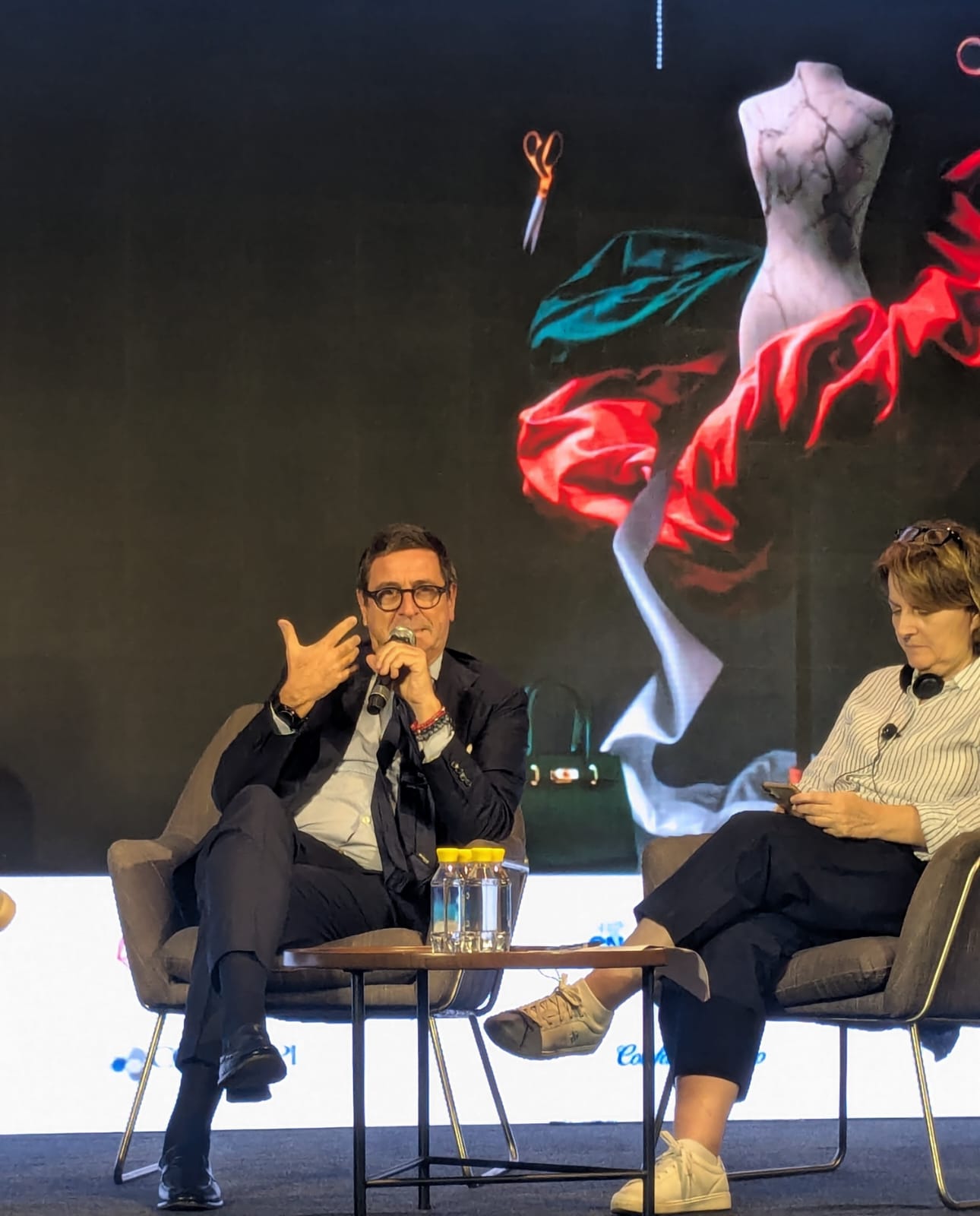
Gen Z, the generation born between the mid-1990s and early 2010s, is rapidly emerging as a key driver of the fashion industry. Their spending patterns, shaped by digital fluency, social consciousness, and an evolving sense of identity, are influencing fashion brands across the globe. These digital natives preferences driven by factors such as sustainability, social consciousness, and instant gratification, are forcing brands to rethink their strategies. And understanding these patterns, and their nuances across different fashion segments and regions, is crucial for brands aiming to thrive in this new era.
Digital natives spending patterns
One major trait among Gen Z consumers is they are mindful of their spending and seeks value beyond price tags. They are drawn to brands that align with their values, whether it's sustainability, ethical practices, or social responsibility. Social media and e-commerce play a significant role in their shopping journeys. Gen Z relies heavily on online reviews, influencer recommendations, and seamless digital experiences. They value authenticity, sustainability, and inclusivity, often prioritizing these factors over traditional brand loyalty. Gen Z values individuality and self-expression through their fashion choices. They gravitate towards brands that offer customization and unique designs.
At the same time they are also impulsive spenders who look for experiential consumption. A recent survey by Zhaopin, an online recruitment platform, in China revealed that nearly half 49.1 per cent of Gen Z consumers have increased their spending to "live in the moment." This trend towards experiential consumption is further evidenced by the fact that 39.7 per cent spend to relieve stress and 31.9 per cent increase spending as their income rises. However, the same survey also unveiled a contrasting trend. Almost three-quarters (74.2 per cent) of respondents who reduced their spending cited prioritizing value for money as the primary reason. This suggests a cautious and considered approach to consumption among a significant portion of Gen Z.
While fast fashion remains popular due to its affordability and trendiness, Gen Z is also embracing premium and luxury brands, often for special occasions or investment pieces. This reflects a desire for quality, longevity, and self-expression. Their spending patterns exhibit regional variations. While American Gen Zers tend to prioritize comfort and individuality, European counterparts are more inclined toward classic styles and sustainability. In Asia, particularly in emerging markets, Gen Z is driving a boom in luxury consumption.
In fact, the rise of athleisure, driven by a focus on health and wellness, is a prominent trend across all regions. Denim remains a staple, but Gen Z is seeking more sustainable and innovative options. Casual wear, reflecting Gen Z's laid-back lifestyle, is also gaining traction.
Table: Gen Z fashion spending patterns
|
Factor |
Impact |
|
Market segment |
|
|
Luxury |
Increased interest, particularly for investment pieces and special occasions |
|
Premium |
Growing demand for quality and unique styles |
|
Fast Fashion |
Remains popular due to affordability and trendiness |
|
Region |
|
|
USA |
Focus on comfort, individuality, and athleisure |
|
Europe |
Preference for classic styles, sustainability, and premium brands |
|
Asia |
Rising luxury consumption, particularly in emerging markets |
|
Fashion Sector |
|
|
Menswear |
Growing interest in streetwear, athleisure, and self-expression |
|
Womenswear |
Diverse trends, including athleisure, vintage, and sustainable fashion |
|
Kidswear |
Increased demand for comfortable, stylish, and sustainable options |
|
Product Sector |
|
|
Athleisure |
Significant growth driven by health and wellness trends |
|
Denim |
Continues to be popular, with a focus on sustainability and innovation |
|
Casualwear |
Increasing demand, reflecting Gen Z's laid-back lifestyle |
|
Classicwear |
Steady interest, often for special occasions or investment pieces |
Understanding a complex cohort
The conflicting consumption patterns present a complex challenge for luxury brands. While they can capitalize on Gen Z's desire for instant gratification and status symbols, they must also demonstrate value and sustainability to appeal to the more rational segment. A study by McKinsey survey supports this duality, highlighting Gen Z's focus on health-conscious lifestyles and social interaction. This suggests that luxury brands should not only offer products that provide immediate pleasure but also align with consumers' long-term aspirations for well-being and personal growth. Trade analysts point out, Gen Z is the most diverse and socially conscious generation yet. They expect brands to reflect their values and contribute to a better world.
And to pander to their demands brands have reworked their strategies. Nike for example, successfully caters to Gen Z's desire for athleisure and personalization through its customizable sneakers and focus on sustainability. Similarly Everlane appeals to Gen Z's value-driven consumption with its transparent pricing and focus on ethical practices. And Gucci engages Gen Z through its playful and irreverent marketing campaigns and collaborations with influencers.
Gen Z's spending patterns are transforming the fashion industry, forcing brands to adapt and evolve. By understanding their values, preferences, and digital habits, brands can create meaningful connections and build lasting relationships with this influential generation.












